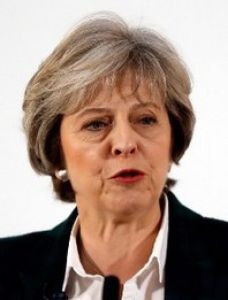Join getAbstract to access the summary!

Join getAbstract to access the summary!
Theresa May
The Government's Negotiating Objectives for Exiting the EU
Prime Minister's Office, United Kingdom Government, 2017
What's inside?
British prime minister Theresa May charts the course toward the United Kingdom’s withdrawal from the European Union.
Recommendation
The first quarter of 2017 marks the start of Britain’s exit negotiations with the European Union. Following months of speculation about the UK’s Brexit strategy, Prime Minister Theresa May delivered a much-anticipated speech outlining her goals and objectives going into what will likely be a long, drawn-out negotiation process. May strikes a hopeful and conciliatory tone, while making clear that Britain won’t agree to a deal that violates its economic and security interests. While always politically neutral, getAbstract recommends May’s landmark speech to policy makers and business executives with a stake in the EU and UK markets.
Summary
About the Author
Theresa May is the prime minister of the United Kingdom and leader of the Conservative Party. She succeeded David Cameron, who resigned in July 2016 after Britain voted to leave the European Union.

















Comment on this summary